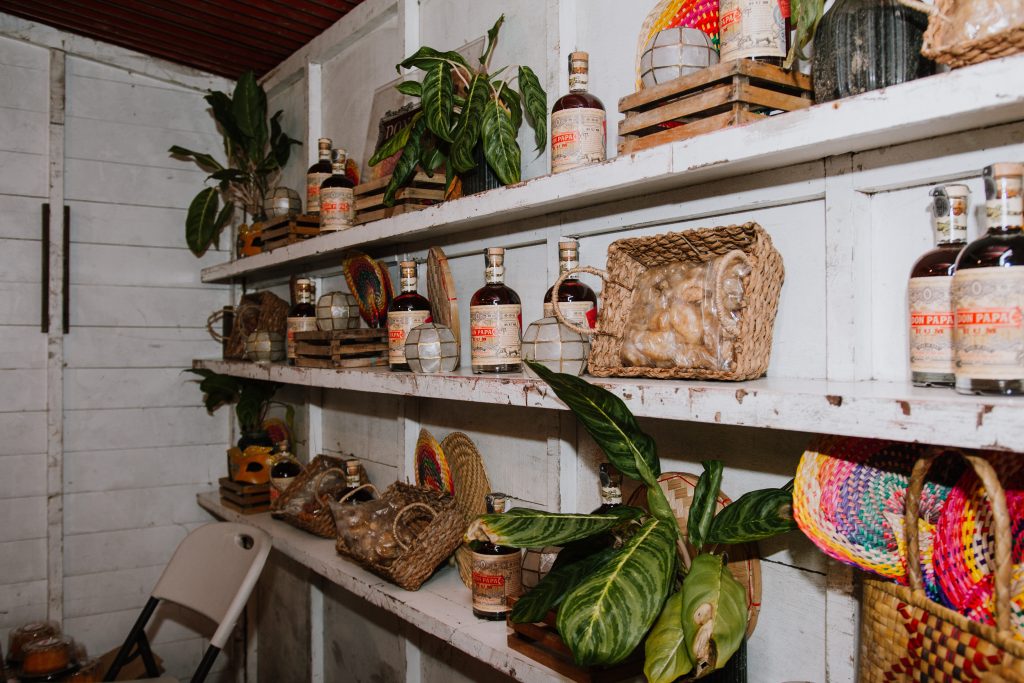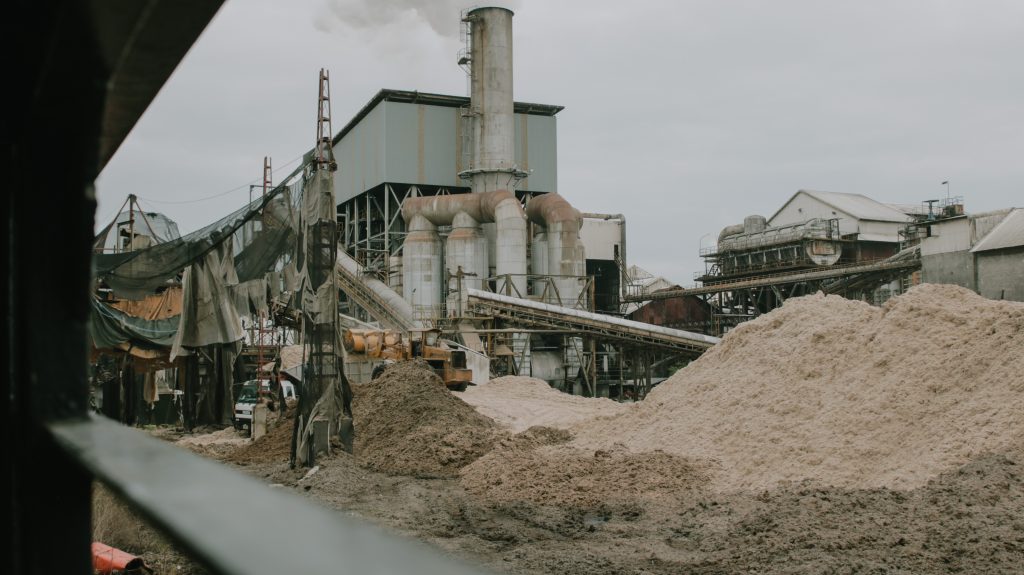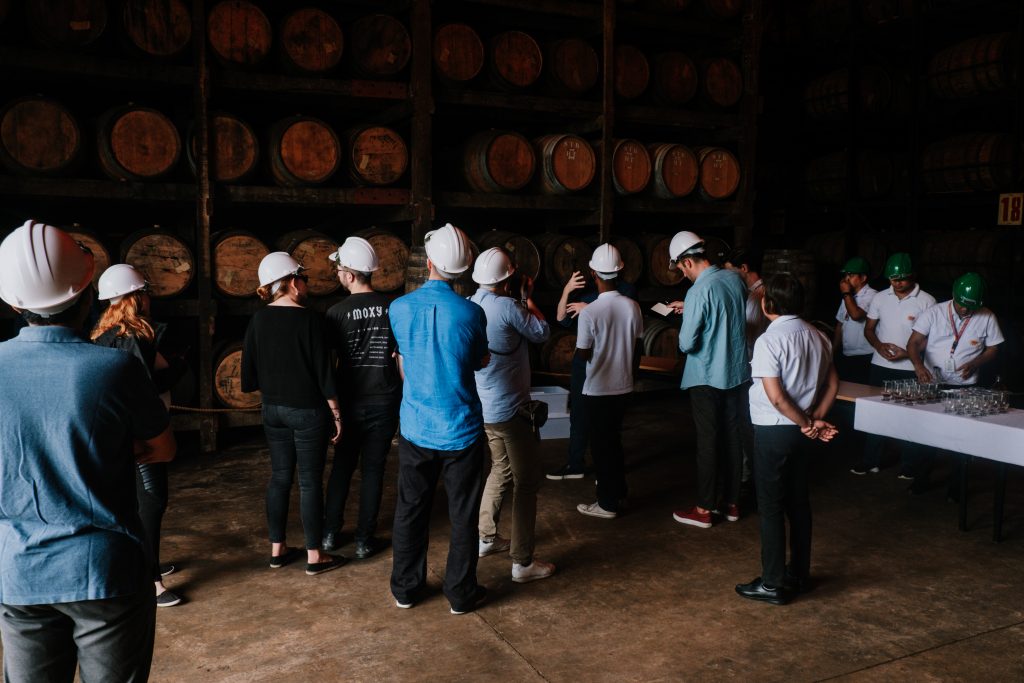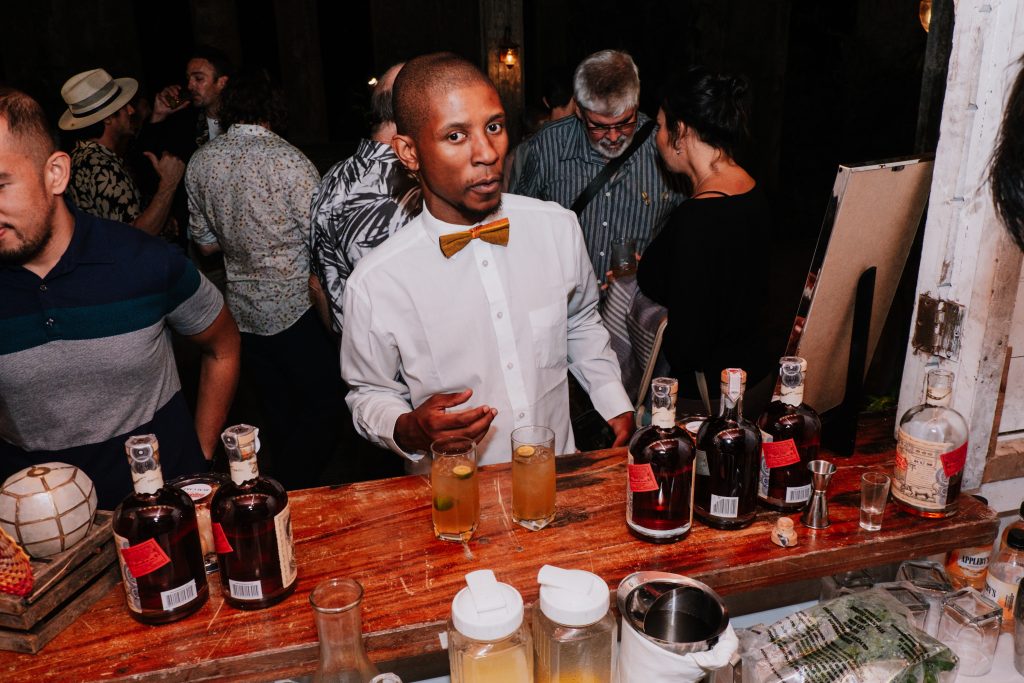Sipping Don Papa Rum at its Home in the Philippines
From inspiration in the fields of the island of Negros Occidental to bottling in the capital, Manila

In the Philippines, Don Papa premium rum is made from one of the oldest strains of sugarcane grown in some of the richest volcanic soils on the planet. The liquid is crafted in the foothills of active volcano Mt Kanlaon, on the island of Negros Occidental in the country’s Western Visayas region. Launched in 2012, the brand began when owner Stephen Carroll visited Hacienda Rosalia—one of the last remaining sugar plantation homes on the island.

Built in 1933, Hacienda Rosalia is currently home to 86-year-old Monsignor Guillermo Ma. Gaston—a descendant of 19th century sugar baron Victor Fernandez Gaston, a pioneer of sugarcane cultivation in the region. When Carroll visited, he climbed to the rooftop and found the stunning views of the sugarcane fields. This splendid vision inspired him to create Don Papa—the only small-batch premium rum brand in the Philippines.

Don Papa was named to honor unsung hero and mystic Papa Isio (aka Dionisio Magbuelas), one of the leading figures of the late 19th century Philippine Revolution. Initially a foreman at a sugar plantation, his courage played a critical part in liberating Negros Occidental from Spanish rule. Carroll tells us, “I went digging into the archive of the island’s history and found this story about this guy Papa Isio who was the first one to rise up against the Spanish and help boot them off the island… He was more like a sort of Garibaldi figure—something a bit Robin Hood about him.” He continues, “Then when the Americans invaded he was the last of the major fighters to surrender! He lasted another 10 years in the hills, most of the others surrendered. The Americans consolidated their control, but he carried on for another seven or eight years. It was a good story that helped inspire me and the name is an homage to him.”

Made from molasses—the by-product of refined sugar—rum truly begins in the sugarcane fields. We ride a steam-powered train (one of the last few still operating) into the center of a field to see how farmers in the region continue to collect the Nobel Cane (or Cara Morada). Nobel Cane is the original variety of sugarcane in Southeast Asia, dating back thousands of years. The cane is grown for one year, allowing a six-month break for the soil to recuperate before the next cycle. This means the cane can grow to the peak of maturity before flowering. The volcanic soil and the year-round high humidity on Negros Occidental provides the ideal conditions for the sugarcane to grow with vigor.

Farmers use a mud-press technique (and use waste produced from the sugar milling process). This method improves the amount of organic matter in the soil and almost entirely eliminates the use of harmful chemicals and pesticides in this style of traditional sugarcane farming. Farmers then cut down sugarcane with machetes and load it onto oxen. The sugarcane is then loaded onto trucks that deliver them to the mills where it’s crushed, boiled and spun into the refined sugar we are familiar with today.

Don Papa’s molasses comes from one of the island’s oldest sugar mills and is distilled at Ginebra San Miguel Distillery in columns before being aged in American oak casks, many of them coming from Tennessee, Louisville and Kentucky. Carroll tells us many barrels start at Woodford Reserve, Four Roses and Jack Daniels. “They are fantastic,” he explains. “American wood is fabulous and it softens the rum and you get some really nice vanilla notes and cream notes. We also use these magical STR barrels, which again are American Oak. They were used in the wine industry in Spain for making Rioja or Ribera del Duero and then we shave them, toast them and roast them. This really helps magnify some of the fruity notes in the rum and you see how the mass is completely rich and juicy.”

Carroll explains that Philippine rum is naturally sweet because “the molasses is super-rich straight out of the barrel. Philippine molasses has the highest sucrose rate in the world partly due to the fact that the mills are quite inefficient, so there is no added sugar in Don Papa Rum. Inefficient mills make great molasses, great molasses makes great rum.” This contributes to the high flavor profile and quality of the spirit.

Aging rum in the barrels the Philippines humidity is so intense that it causes evaporation (aka angel’s share) of approximately eight to 12% per year. Don Papa Rum loses more than half of the barrel after seven years of aging, which results in a very rich rum that is full in flavor and amber in color. The Master Blender selects the best barrels which are then emptied and blended. The rum is then brought down to 40% ABV with spring water before undergoing a chill charcoal filtration to remove any tannins and impurities. Bottled in Manila, it’s then prepared to be distributed.
While it’s suggested to be sipped on the rocks and garnished with lime, Carroll shared his favorite cocktail recipe with us, The Darker Don.

The Darker Don
Designed to accentuate Don Papa’s fruit-forward, vanilla-noted, smooth rum, the Darker Don is zesty and refreshing.
2 ounces Don Papa Rum
½ ounce lime juice
1 dash Angostura Bitters
Blend ingredients and serve over ice, top off glass with ginger beer and garnish with mint leaves.
Hero image courtesy of Don Papa Rum












